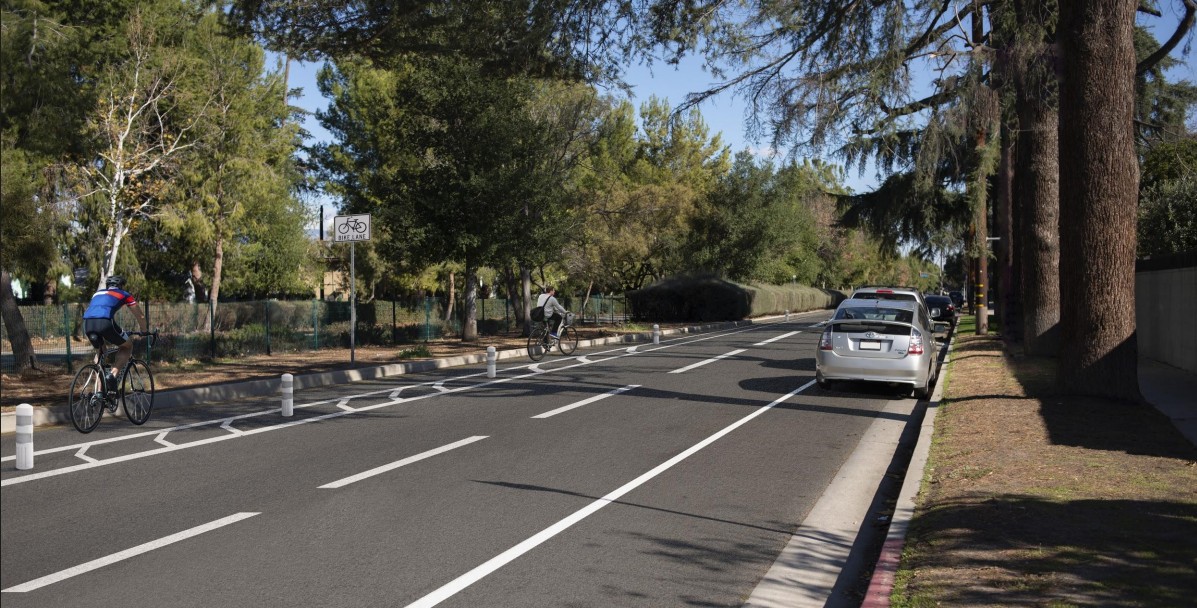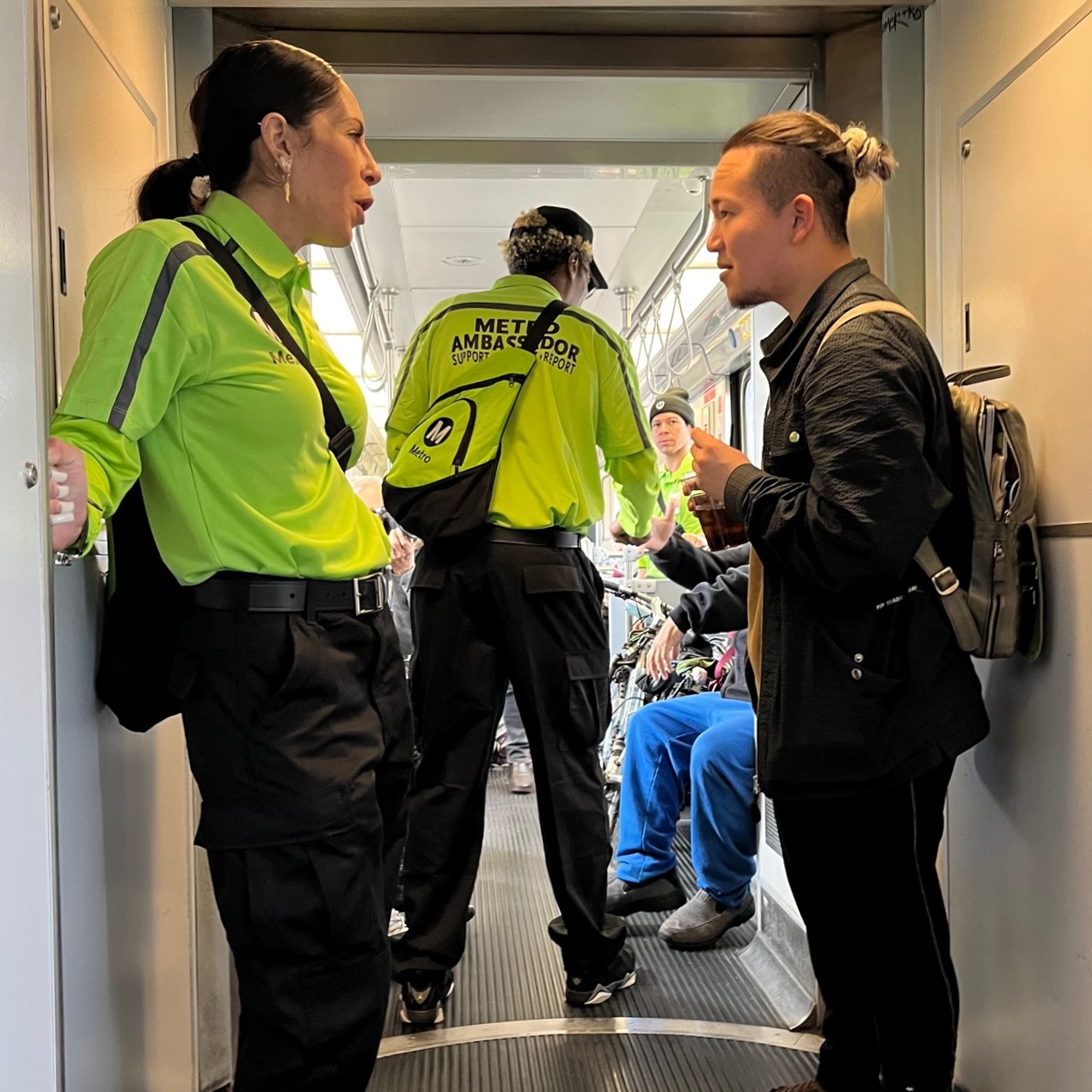Those looking for hope in this era of transit service cuts took heart from the words of William Millar, President of the American Public Transportation Association (APTA), at the Rail~volution conference yesterday. In his keynote speech, he Millar reasons to hope for a better future -- despite the fact that 84 percent of APTA members were cutting service, raising fares, laying off personnel, or delaying projects this year due to budget cuts.
Around the country, Millar said, voters have chosen again and again to raise their own taxes for increased service. And, he added, “it’s a breath of fresh air” to see a U.S. President get behind infrastructure investment the way Obama has.
After Millar, a panel of officials from HUD, DOT, the National Endowment for the Arts, and the Portland Development Commission gave another reason for hope: the very “unnatural” action that federal agencies are beginning to take of cooperating with each other.
DOT's Beth Osborne said it’s easier for each agency to stay in its silo – and the challenges to collaboration are often surprising. “It’s not getting your high leadership agreeing to pool money or to relinquish some control over the decision-making process,” she said. “It becomes, your budget systems are different, or your computer systems don’t coordinate and communicate.” But as the TIGER II and HUD Sustainable Communities grant programs show, agencies are beginning to address those challenges and work together.
Rocco Landesman, chair of the NEA, whose stated goal is to infuse the arts into every federal agency, said that people choose homes based on access to high-quality education and access to culture. And, he said, the cause and effect of developing vibrant communities is understood differently today than it was in the past.
“It used to be thought that people followed businesses,” he said. “We now know that it’s the opposite. Businesses want to move where there’s an educated, committed, enlightened workforce. Businesses follow the people. It’s the Field of Dreams in reverse. If you come, they will build it."
Erin Flynn, Portland’s Urban Development Director, agreed. She said businesses are moving back from the suburbs in to the urban core because “all of our creative talent lives in these close-in neighborhoods – and they want to bike to work.” It becomes a competitive advantage for employers to allow their workers to maintain the walkable, bikeable, transit-based lifestyle they want.
Evidence of this trend can be found even in small cities like Dubuque, Iowa, which just rebuilt its downtown and attracted 1,300 IBM jobs.







